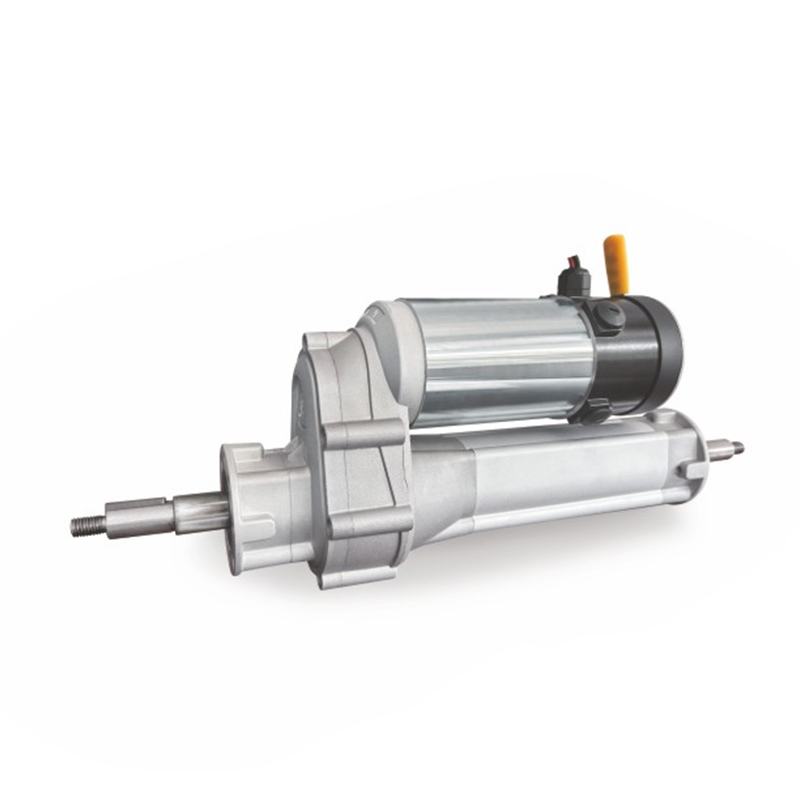What are the common materials used in the manufacturing of drive transaxles and how do they affect performance and durability?
Drive transaxles are critical components in vehicles, particularly in front-wheel drive and all-wheel drive systems. They transmit power from the engine to the wheels and often include a gearbox for changing the gear ratios. The materials used in the manufacturing of drive transaxles can significantly affect their performance, durability, and overall efficiency. Here are some common materials used:
Steel is a common material used in the construction of transaxle housings and gears due to its high strength and durability. It can withstand high loads and is resistant to wear and tear.
Aluminum is often used for transaxle housings and other components due to its lightweight properties, which can improve fuel efficiency and reduce overall vehicle weight. However, it may not be as strong as steel and can be more susceptible to wear under high loads.
Cast iron is sometimes used for transaxle housings due to its excellent heat dissipation properties and good wear resistance. It is heavier than aluminum but provides a robust and durable housing.

Forged parts, such as gears and shafts, are made by heating metal and then shaping it through forging. This process results in a denser grain structure, making the components stronger and more durable.
This process involves compacting metal powders and then sintering them at high temperatures. Components made through powder metallurgy, such as gears and bearings, can have a uniform material structure, leading to improved strength and wear resistance.
Some transaxle components, such as seals and gaskets, are made from synthetic materials like rubber or polymers. These materials can provide good sealing properties and resistance to various environmental conditions.
While not a material itself, heat treatment is a process applied to metals to improve their mechanical properties, such as hardness, strength, and wear resistance. This can be crucial for components that are subjected to high loads and stresses.
While not a structural material, lubricants play a vital role in the performance and durability of transaxles. They reduce friction between moving parts, which can help prevent wear and extend the life of the components.
The choice of materials and their combination can affect the overall performance and durability of a drive transaxle. For example, using lightweight materials can improve fuel efficiency and acceleration, while high-strength materials can ensure the transaxle can handle high torque and loads. Additionally, proper heat treatment and the use of high-quality lubricants can further enhance the performance and longevity of the transaxle.
-
Feedback
Hotline:0086-15869193920
Time:0:00 - 24:00


 English
English Deutsch
Deutsch italiano
italiano 中文简体
中文简体












